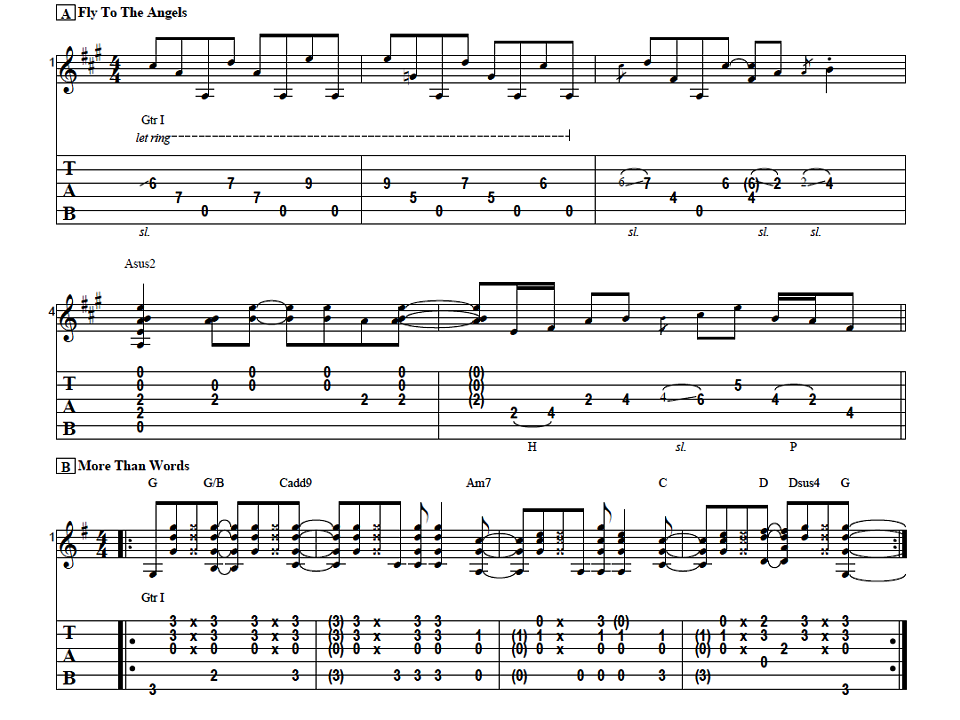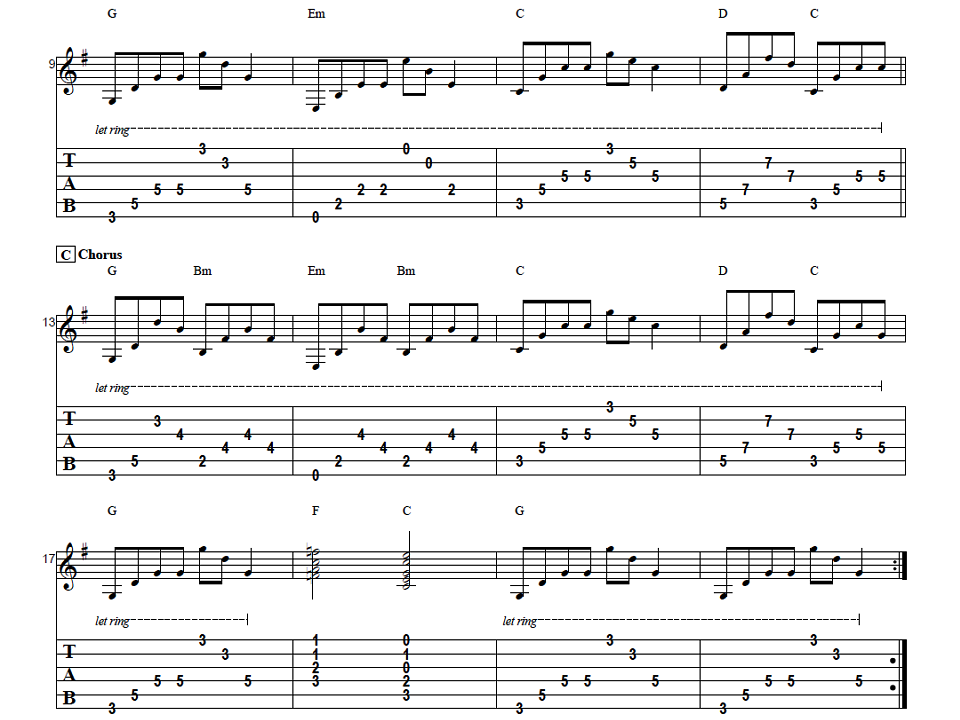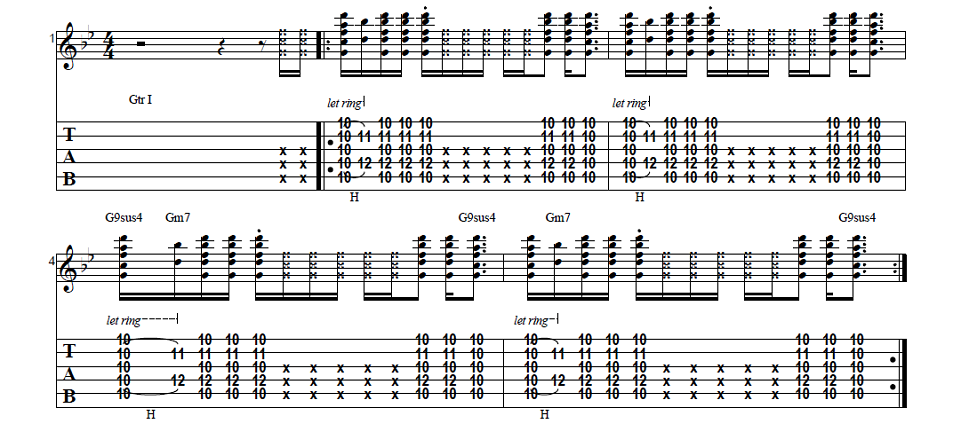Learn to make a scale more fun and interesting to play with Guitar Control instructor Darrin Goodman, aka Uncle D. Be sure to get the free tabs to go along with the step by step video instruction and you will be burning up the fretboard tonight!


Introduction
How’s it going everybody? This is Darrin with GuitarControl.com bringing you this video lesson and today I want to show you how you can take the major scale or any of its positions and show some different ways you can kind of mix it up make it a little bit more interesting to play and a little more fun to practice to kind of break up some of the monotony.
Right now Guitar Control is giving away this really cool free chord chart, there’s a link down in the description where you can get yours. It’s every chord you could ever need all neatly compiled into one sheet. So you can download it, you can print it off, you can put a copy in your gig bag, put a copy where you practice; so just in any situation you’re in you can have any chord needed a glance and it’s a free download.
So be sure to click on the link in the description for the tabs and let’s get close up and take a look at this.
Scale
All right so these examples are all in the key of G major, but it’s movable. So you can do it in any key and it’ll always be the same sequence. So I’m using just the major scale or the Ionian mode three note per string pattern. So starting here on the third fret of the low E string; third fret first finger to the fifth fret second finger and the seventh fret with your fourth finger. Then we’re going to do the same thing on the A string, third fret, fifth fret and seventh fret. Now when we go to the D string we’re going to shift up a half step so our first finger is going to start on the fourth fret, second finger to the fifth fret, fourth finger to the seventh fret and then the same shape on our G string… And now we’re going to shift up a half step again starting on the B string.
Scale Sequence-1
So we’re going to start at the fifth fret with your first finger to the seventh fret with your third finger and the eighth fret with your pinky and then the same shape on the high E string… So if you don’t already know this pattern ascending and descending that’s the first thing you’re going to want to do is know that pattern.
Scale Sequence-2
So now for our second exercise what we’re going to do is we’re just going to mix it up a little bit. So we’re going to start with three and we’re gonna go to seven and then to five… and then three, five, seven, three, seven, five, three, five, seven and then we would switch to the A string… And then just continue our way through the scale. So now starting on the D string we have four, seven, five, four, five, seven and the same thing on the G string. Now on the B string we shift up a half step, again five, eight, seven, five, seven, eight and then the same shape on the high E string and then ending on the fifth fret to resolve… Now that already sounds a lot more musical than just playing straight up and down the scale.
Scale Sequence-3
All right and then the last one here we’re going to combine both of those patterns together. So we’re going to start off we’re going to play just right straight up the scale; so three, five, seven and then three, seven, five and then three, five, seven again. So now we have this is all made up like one beat and again I’m alternate picking this. So this one was a little bit different; down, up, down, up, down, up, down, up, down and now we just ended on a down stroke and we’re going to move up to the A string and we’re just going to do the same picking pattern. So each time you change strings you’re going to start with a down stroke even though you’re left with a down stroke because it’s going to help to give it its sound and timing where each grouping of nine notes is one beat… And then we’re just going to move to the A string and do the same thing… And then to the D string same thing, G string… B string and then finally the high E string…
Variations
So then another thing you could do is you could switch it up like maybe you play what we just did on your low E string and then when we go to the A string we just do the first one where we double it… So by taking any of those things and just combining them together it just makes it sound a lot more musical and it’s a lot less monotonous and it also just kind of helps to you know to break it apart make it a little bit easier to pick, easier to play fast and you know just above all just to make it sound more musical.
Conclusion
All right, so there you have it. I hope that that helps you with making your scale sound or musical and just kind of you know just get some different patterns to make it not so monotonous to practice. It’s important to practice that kind of stuff, but it just gets really old when you’re just playing them up and down and they’re just really no kind of musical context to it. So you like this lesson be sure to give me a thumbs up and leave a comment down below if you have any questions about this other guitar related topics. If you’ve not already done so please subscribe to the channel and hit that notification bell so you don’t miss any of the content that we upload throughout the week. Well that is all I have for you today. Thanks for watching and have a great day.





